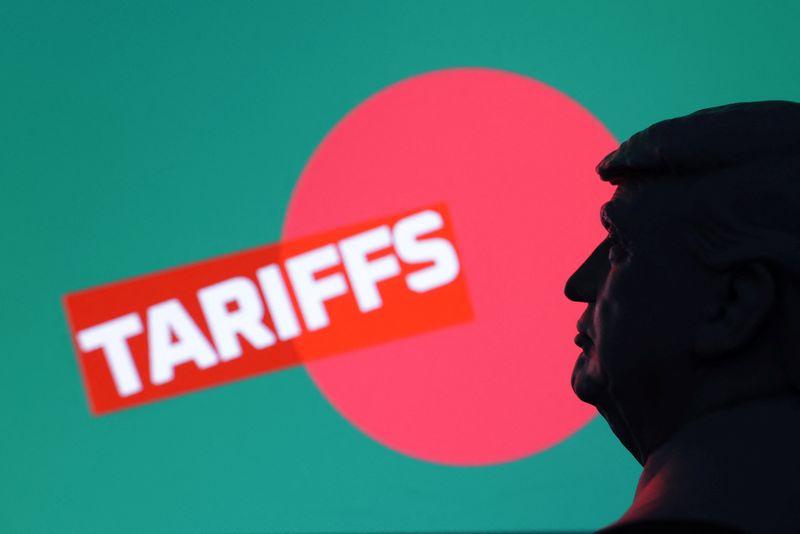Asahi shares mark weekly slide after cyberattack halts production
Investing.com -- Tariffs are increasingly acting as both a consumption and production tax, amplifying inflation risks and putting pressure on corporate margins, according to Morgan Stanley (NYSE:MS) strategists.
As of June 2025, the average effective tariff rate on U.S. imports stood at 8.9%, well below the firm’s 16% baseline expectation. However, duties collected between January and June already totaled $94 billion, surpassing the $76 billion collected in all of 2024.
The impact varies by sector. Final consumer goods are facing the steepest tariffs: apparel had the highest rate in June at 24%, while furniture and related products were at 16.1% and motor vehicles at 15.8%
By contrast, inputs such as paper products and chemicals faced much lower tariff rates, in the range of 3–7%.
Federal Reserve surveys indicate that businesses are using a range of mitigation strategies, from front-loading imports to stockpiling and shifting supply chains.
The July Beige Book highlighted that many firms “often could not pass through the entire increase because customers pushed back, leading companies to absorb part of the costs or postpone investments amid the uncertainty.”
Earnings reports show how uneven the effects have been. Caterpillar (NYSE:CAT) estimated a $1.3–$1.5 billion tariff cost this year but offset most of it through pricing and sourcing adjustments. Nike (NYSE:NKE) said it expects to cut the share of U.S. imports from China to the high single digits by 2026.
Procter & Gamble (NYSE:PG) reported that tariffs affected about a quarter of its U.S. SKUs, with pricing increases of mid-single digits, but added it would “absorb much of the incremental tariff costs this year.”
Overall, tariffs are raising costs for both consumers and businesses, but the burden is being shared unevenly across industries.
Morgan Stanley points out that while tariffs are already firming goods inflation, the pass-through is occurring gradually, with companies relying on multi-pronged strategies to cushion the blow.
The bank also cautioned that the full effects of tariffs are not yet evident in the data, with further price increases likely to appear in the coming months.
